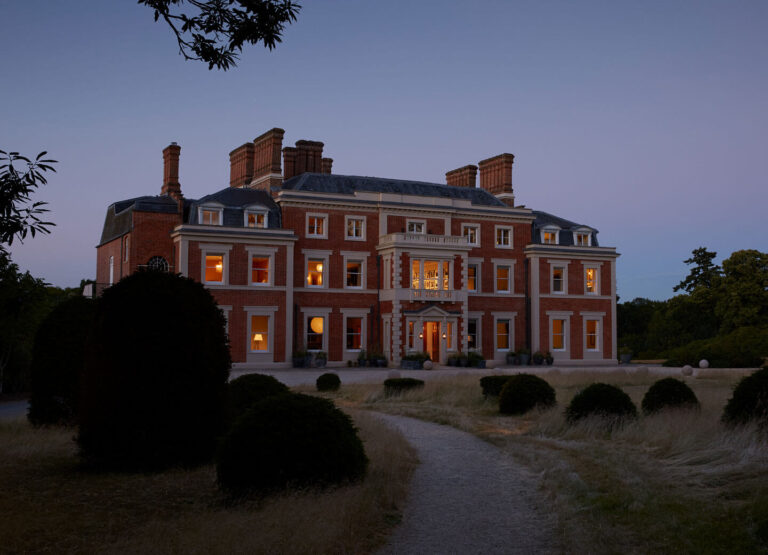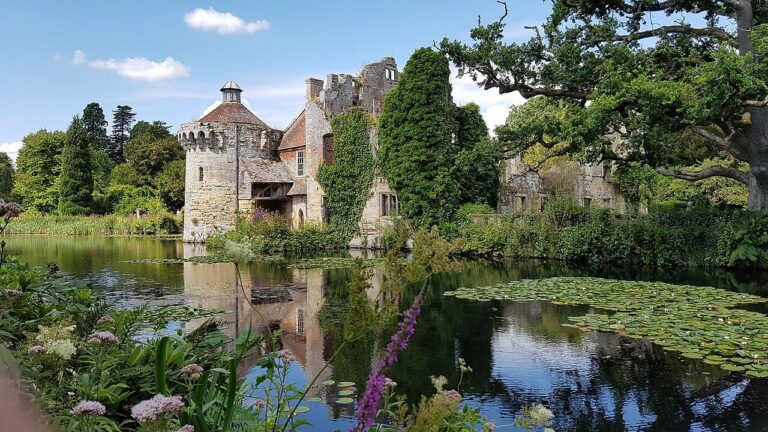The Best Castles and Country Estates in Berkshire
Berkshire, officially the Royal County of Berkshire, lies in South East England and is bordered by Oxfordshire, Buckinghamshire, Greater London, Surrey, Hampshire and Wiltshire.
Historically rich and geographically varied, Berkshire’s landscape includes the Thames flowing past Windsor, and in its western reaches the Berkshire Downs offer characteristic downland terrain.
The close proximity to London and the city of Windsor means that there are many (royal) castles and historic estates in Berkshire. Many dating from the Elizabethan and Victorian eras.
Some of these castles and estates are open to the public and there are also country house hotels in Berkshire, in case you fancy yourself to be the Lord or Lady of the manor for a couple of nights.
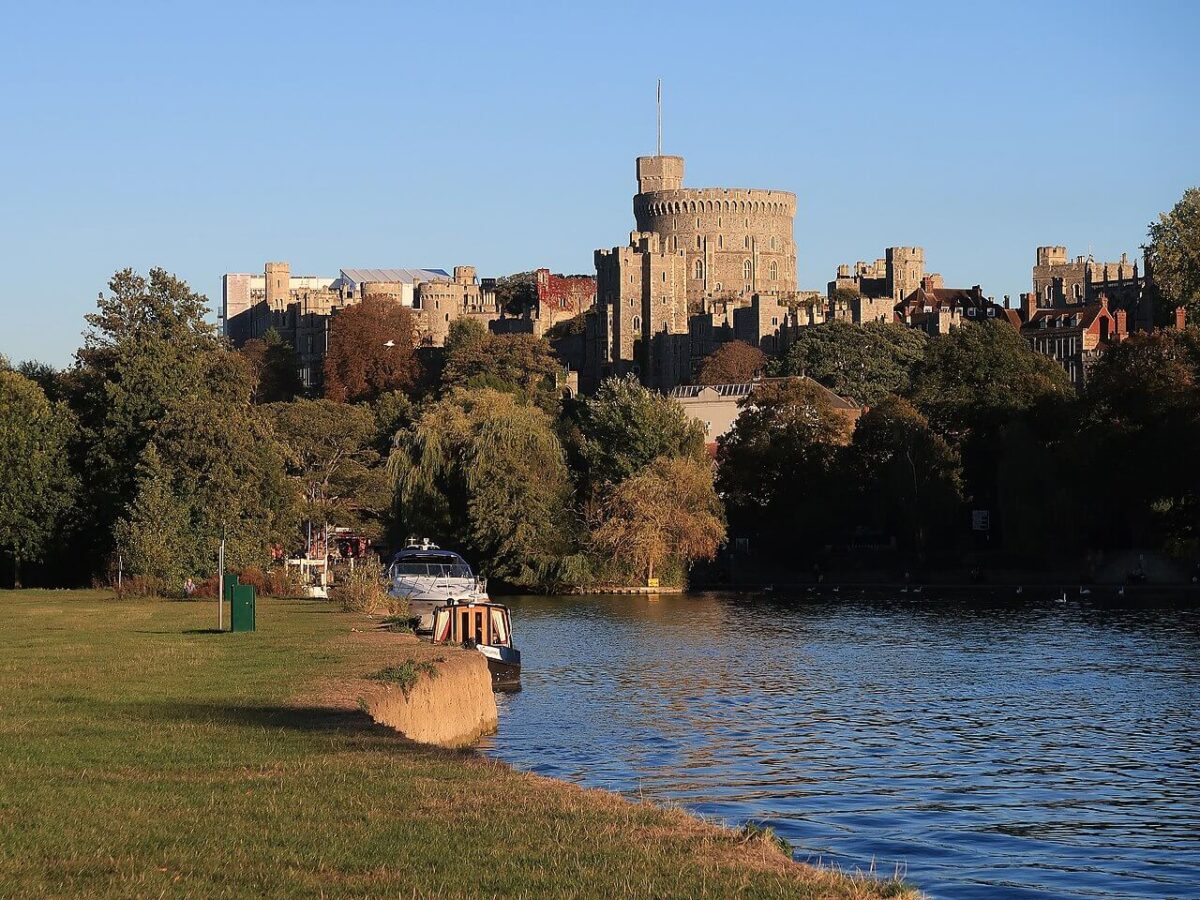
Windsor Castle
Windscor Castle is the world’s oldest and largest occupied castles and a UNESCO World Heritage Site. The castle was founded by William the Conqueor and built during the Noman times in the 11th century.
The castle was built in a strategic location near the River Thames, and formed (along with other castles) a defensive ring around London.
The castle has been the home of 39 monarchs since its construction. The St. George’s Chapel at Windsor Castle is the final resting place of many English royals, including Queen Elizabeth II.
Visitor information: The castle is open for visitors from Thursday-Monday. It can be closed on certain days as it is still a working castle for the British Royal Family.

Donnington Castle
Donnington Castle is a ruined medieval castle located in the small village of Donnington, north of Newbury. The castle was founded by Sir Richard Abberbury the Elder in 1386.
During the First English Civil War, the castle was owned by Sir John Boys, a royalist, and withstood and 18-month siege.
In 1646, parliament voted to demolish the castle, and today, only the gatehouse remains. The castle is now owned by English Heritage.
Adelaide Cottage
Adelaide Cottage is a 19th century house in Windsor Home Park that was built for Queen Adelaide (the wife of King William IV), and later became the home of the Prince and Princess of Wales (Prince William and Kate Middleton).
The house was constructed in 1831 after the design of Jeffrey Wyatville. It uses building materials from the Royal Lodge, designed by John Nash, that is situated in Windsor Great Park.

The four-bedroom picturesque-style cottage was not only used by Queen Adelaide, but Queen Victoria also often visited the residence to have breakfast and tea.
Later, it was the home of Group Capatain Peter Townsend (a former lover of Princess Margeret) and Simon Rhodes (a cousin of Queen Elizabeth II).
The Frogmore Estate
The Frogmore Estate is a 33-acre estate of primarily private gardens. It is also the location of two royal residences.
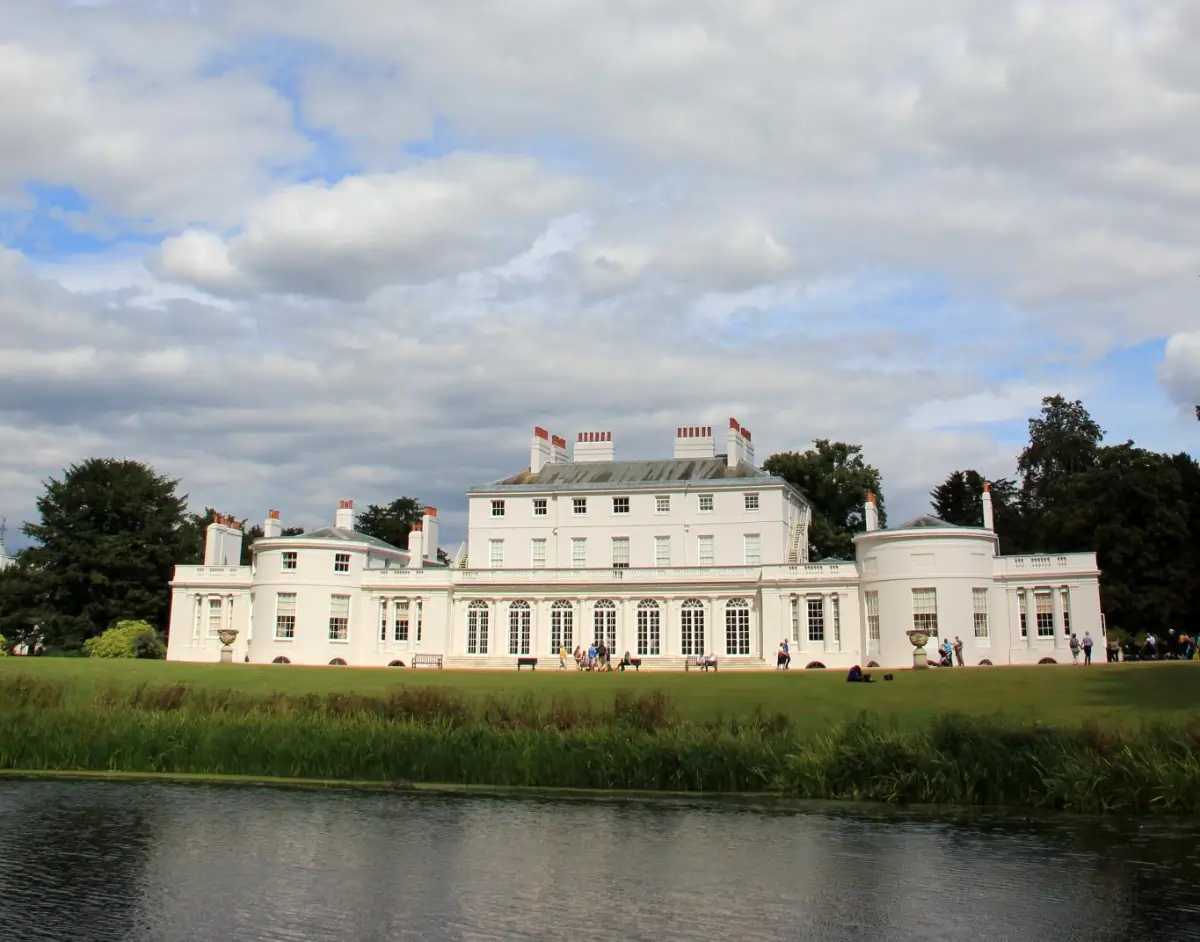
Frogmore House
Frogmore House is a 17th century country house, located half a mile south of Windsor Castle. Initially, the house was let to a number of tenants but since the late 18th century, it has primarily been used by members of the royal family.
The country house underwent signifiant renovation work in the late 18th century. James Wyatt enlarged and modernized Frogmore House.
Queen Charlotte spent much of her time at the house and later it was the residence of Queen Victoria’s mother (the Duchess of Kent and Strathern). Queen Mary also stayed here early in her marriage and she took special interest in decorating the house with family mementos.
However, since 1872, the house has been largely unoccupied, and it is now used to house private and official events. Royal wedding receptions were held here, including for Prince Harry and Meghan Markle, as well as Peter Philips and Autumn Kelly, and the wedding of Lady Gabriella Windsor.
Frogmore Cottage
Frogmore Cottage (originally known as Double Garden Cottage) was added to the Frogmore House estate in 1801 by Queen Charlotte as a simpler retreat house.
After Queen Charlotte, the house was the residence of the theologian Henry James Sr. and Abdul Karim, a personal secretary of Queen Victoria. Later, it was briefly the home of the Duke and Duchess of Sussex (before they moved to America) and princess Eugenie and her husband.
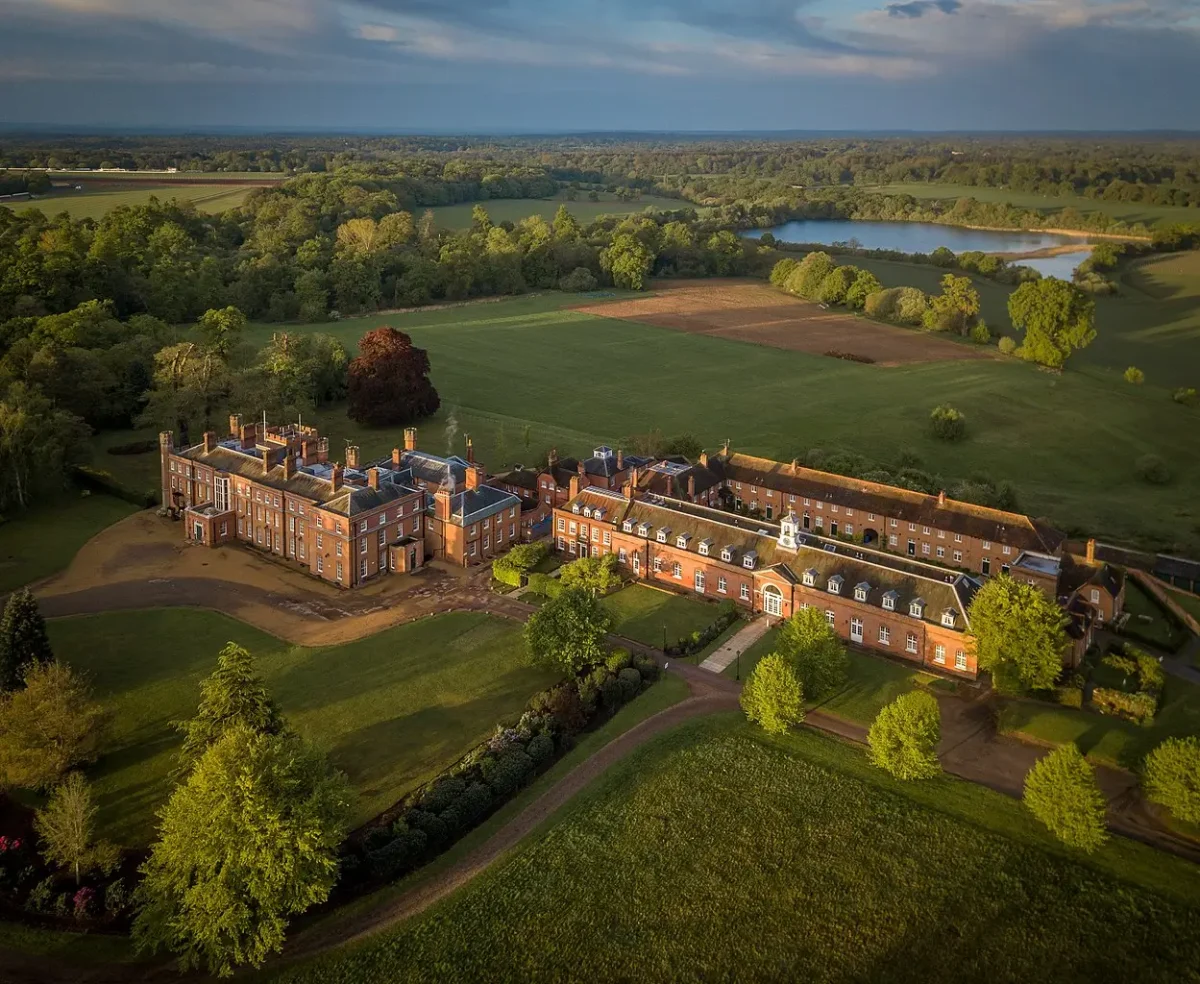
Cumberland Lodge
Cumberland Lodge is a 17th century country house located 3.5 miles south of Windsor Castle. The house was built by an army captain, after Oliver Cromwell divided up and sold lots in Winsor Park.
King Charles II made the house the official residence of the Ranger of the Great Park, after the restoration. It has been the residence of many members of the royal family and aristocratic families.
In 1936, the country house was used for meetings between Alexander Hardinge (the King’s Private Secretary) and Stanley Baldwin (the Prime Minister), which led to the abdication of King Edward VIII due to his marriage to Wallis Simpson.
Visitor information: The house is generally not open to the public, but there are open house days.
Royal Lodge
The Royal Lodge in Windsor Great Park is a 19th century country house built by King William IV on the site of a previous house. Until 1931, it was used as an accomondation for various offers of the Royal Household.
In 1931, King George V granted the house to the Duke and Duchess of York (the late King George VI and Queen Elizabeth) as a country retreat. In these years, wings were added creating a 30- room house with seven bedrooms and a saloon.
The grounds include the miniature cottage Y Bwthyn Bach, which as a gift to Princess Elizabeth by the people of Wales.
The Queen Moher continued to use the house after George VI died in 1952. She died as the lodge.
In 2003, the house became the residence of Prince Andrew, the Duke of York, and his family. The wedding reception of high daughter, Princess Eugenie, was held at the Royal Lodge.
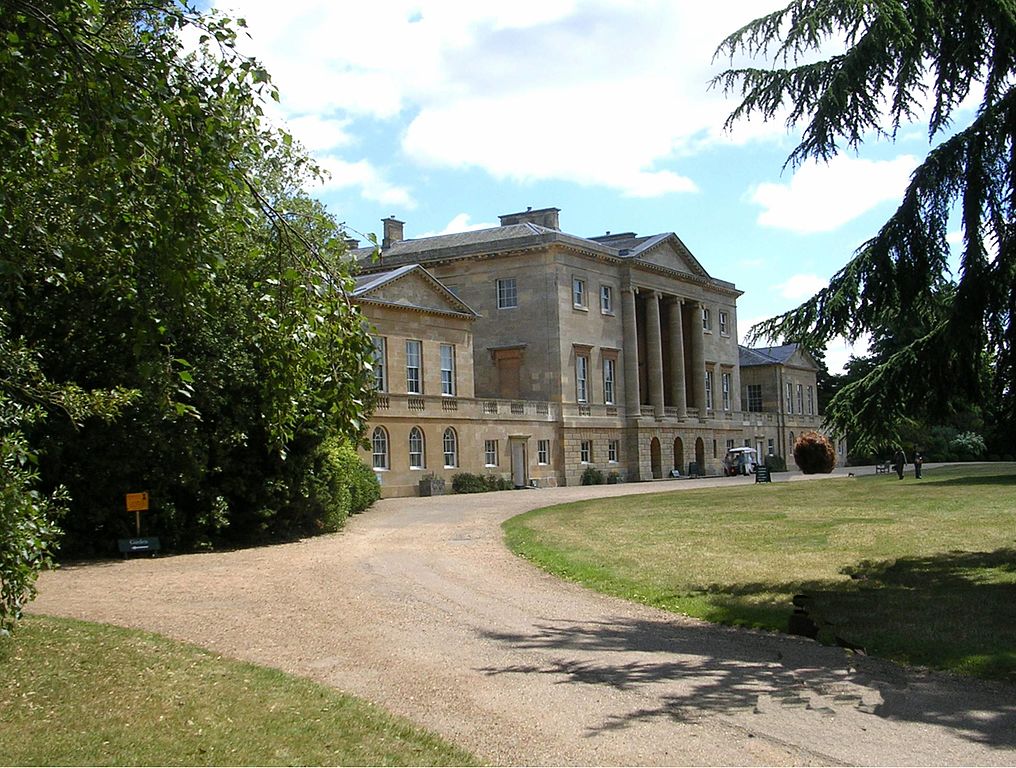
Basildon Park
Basildon Park is a Palladian-style country house, with Adam-style interiors, owned by the National Trust. The house was built in the late 18th century for Sir Francis Sykes, after a design by John Carr.
During the First World War, the house was used as a convalesence hospital and during the Second World War, it served as barracks, a training grounds for tanks, and a prisoner of war camp.
After the wars, the house was left in a bad and stripped state. The 2nd Baron and Lady Iliffe restored and refurnished the house over a period of 25 years, using fixtures and fittings from other grand estates that were being demolished in the mid 20th century.
Today, the house is perhaps best known as the filming location for Netherfield Park in the 2005 adaptation of Pride & Prejudice. But it also features in Downton Abbey, The Crown, and Bridgerton.

Englefield House
Englefield House is an Elizabethan country house and estate that was built in the 16th century. Substantial alterations were made in the 1820s by Thomas Hopper.
The house was the home of the Englefield family and later John Paulet, the 5th Marquess of Winchester (known for his Civil War defense of Basing House), purchased the house. Today, the house is still owned by one of his descendants (currently, Richard, Baron Benyon).
In 2017, Pippa Middleton, the sister of Catherine, Princess of Wales, married James Matthews at St Mark’s Church on the Englefield Estate. The wedding reception was held at the manor.
Englefield House has also been used as a film location. Most recently, as the exterior of Coopers Chase in The Thurday Murder Club, a Netflix movie starring Helen Mirren and Pierce Brosnan, based on the Richard Osman novel.
Visitor information: the gardens are open all your round on selected days and the house opens only by appointment for large groups.

Shaw House
Shaw House is an Elizabethan mansion in Shaw, a village on the north-eastern outskirts of Newbury. The house is an important example of an early symmetrical H-plan Elizabethan building.
The house was built in the 16th century by the wealthy cloth merchant Thomas Dolman, but it is most famous for its reputation of being the headquarters of King Charles I during the Second Battle of Newbury. However, later research has shown that the king never visited the house.
In the early 21st century, the house was restored and opened as a multi-purpose event venue.
Visitor information: The house is open to visitors at the weekends and school holidays. Visit the website for more information and events.
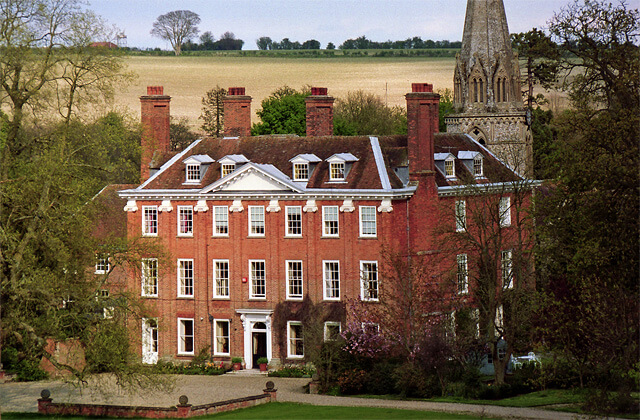
Welford Park
Welford Park is a 17th century country house and estate in the village of Welford. The house was built aorund 1652 for Richard Jones, the grandson of Sir Francis Jones, Lord Mayor of London.
The house is used as the filming location for the Great British Bake Off (with the exception of 2020 and 2021). The grounds are open to the public for a couple of weeks during snowdrop season.

Ditton Park
Ditton Park is a Gothic Revival-style manor house with a centuries-old moat at the edge of the town of Slough. The history of the estate dates back to Elizabethan times, when the estate belonged to the crown.
The current house was built in the 19th century for Charlotte Anne, the Duchess of Buccleugh, using elements form the previous building like the 16th and 17th century stained glass.
The house showcases a combination of Gothic Revival elements, like the turrents and the pale stucco crenelations, but also Romantic architectural elements like the peach color of the exterior walls and the tall symmetry.
The house is now used as a wedding venue.
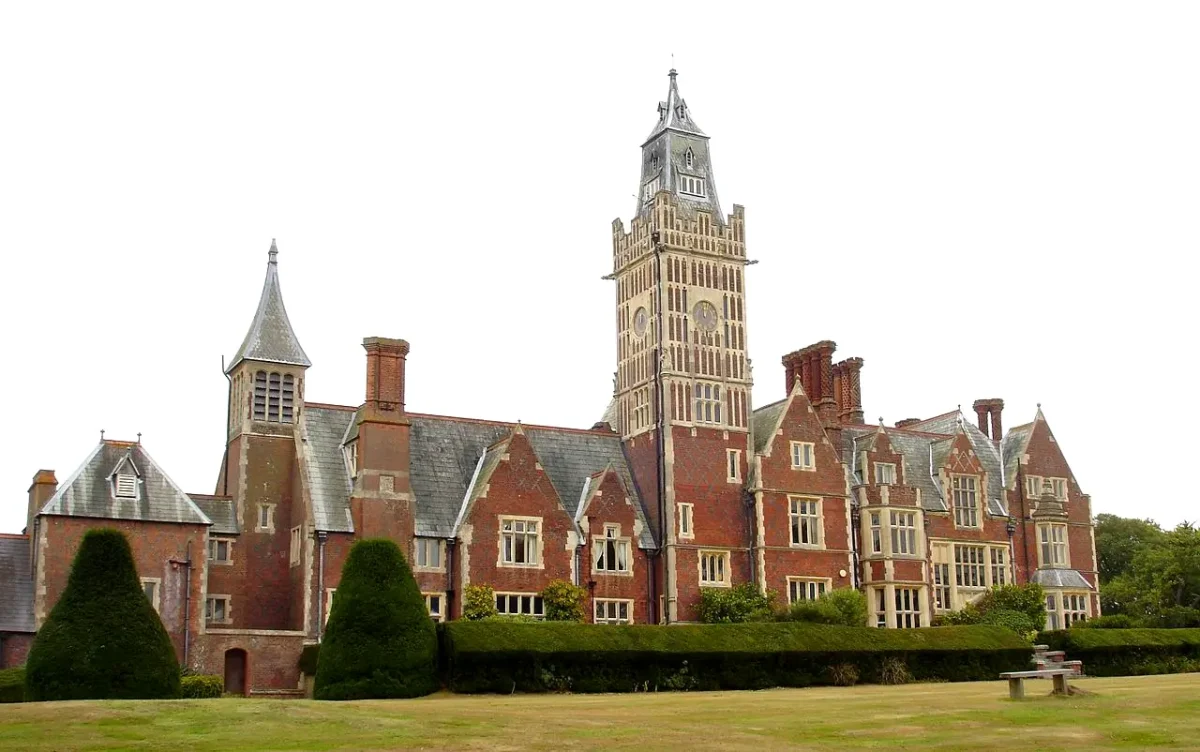
Aldermaston Court
Aldermaston Court is a Victorian country house and private park built for Daniel Higford Dvall Burr (a British member of parliament). The neo-Elizabethan house features incorporations from an earlier Stuart house that was built in the 17th century that was partly destroyed in a fire in 1843.
The history of the Aldermaston estate dates back to the 11th century when the Archard family was granted the land by Henry I of England. The estate was frequenly visited by royalty, including Queen Elizabeth I on two occassions.
During the 20th century, the house and grounds became known as RAF Aldermaston with barracks for the Women’s Land Army and air command for the USAAF HQ. In later years, the grounds were used for commercial use.
The house has been unoccupied the 2020, and accoring to the Victorian Society it is one of the UK’s top endangered Victorian buildings.
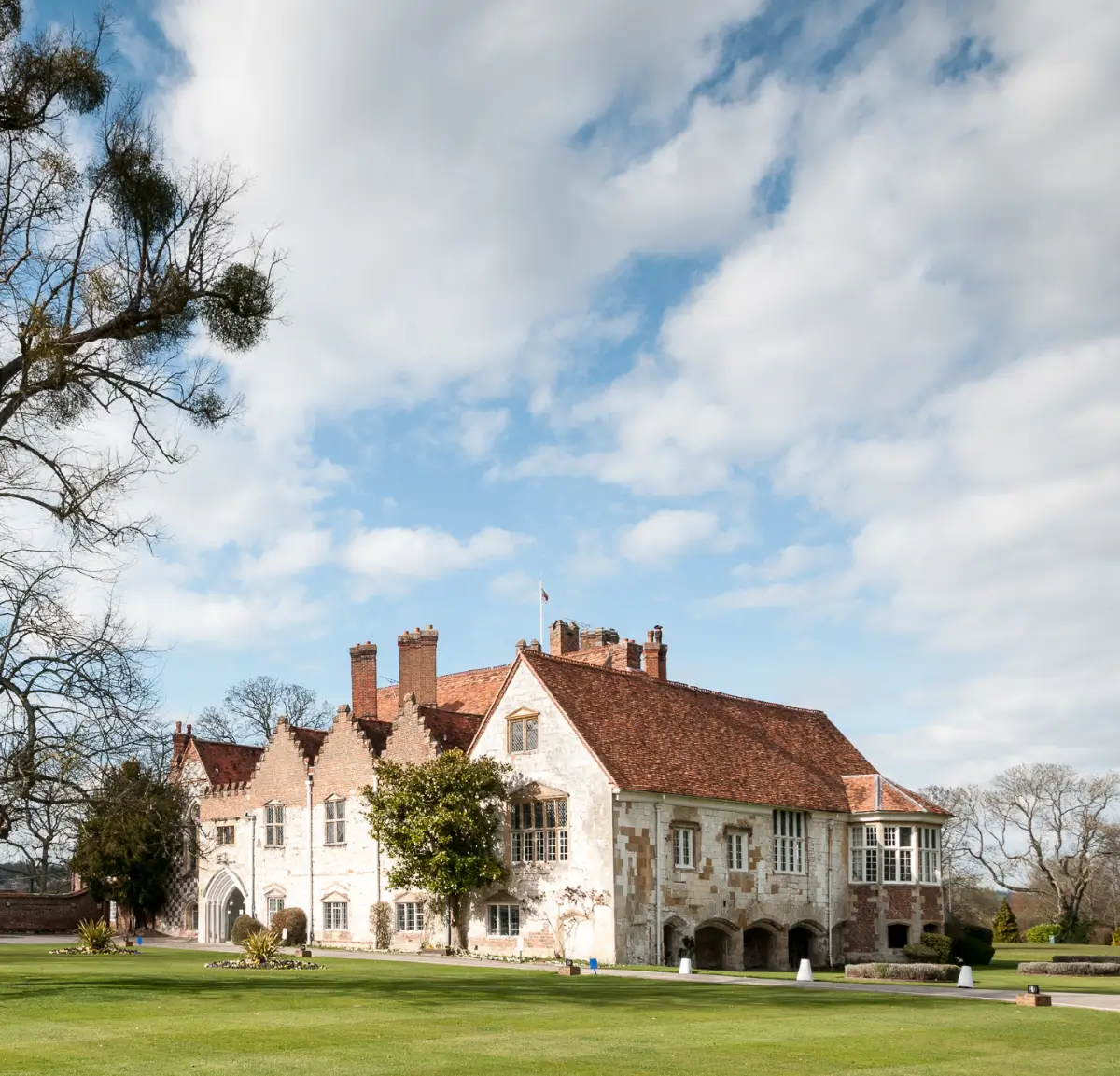
Bisham Abbey
Bisham Abbey is a manor house whose name derived from the now lost monastery which once stood alongside the house.
The history of the house begins in the 13th century when a manor house was built for two Knights Templar. In 1310, the house was used as place of confinement for Queen Elizabeth of Scots (wife of Robert the Bruce), after they had been captured on the Isle of Rathlin during the Scottish Wars of Succession.
King Henry VIII granted the house to Anne of Cleved as part of their divorce settlement. In a later period, the house was frequently visited by Queen Elizabeth I when the Hoby family resided at the manor.
Today, the manor house is one of three National Sports Centeres of Sport England.

Caversham Park
Caversham Park is a Victorian stately home on the outskirts of Reading. The history of the estate dates back to Norman times at is was owned by noble families working at the Royal Court.
Multiple later houses burned down until the current house, inspired by Italian baroque palaces, was built after a fire in 1850. The house is designed by architect Horcase Jones, who also designed London’s Tower Bridge.
During the First World War, the house was a convalescent home for wounded soldiers and right before the Second World War, it was bought by the BBC the become the home of BBC Monitoring and BBC Berkshire. They left the building in 2018.
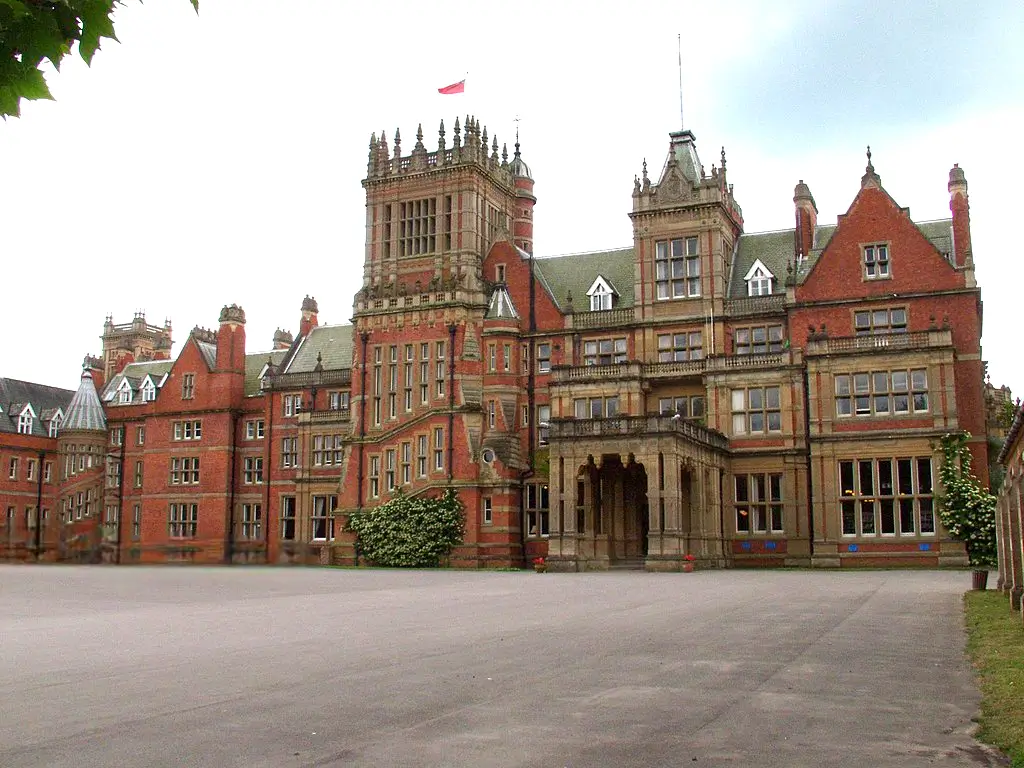
Bearwood House
Bearwood House is a Victorian country house in Sindlesham. The house was built between 1865 and 1874 for ohn Walter, the owner of The Times.
It is described by Nikalous Pevsner as “one of the major Victorian monuments of England.” Today, the house is a private boarding school.
Country House Hotels in Berkshire
Some historic country estates in Berkshire have been transformed into country house hotels.
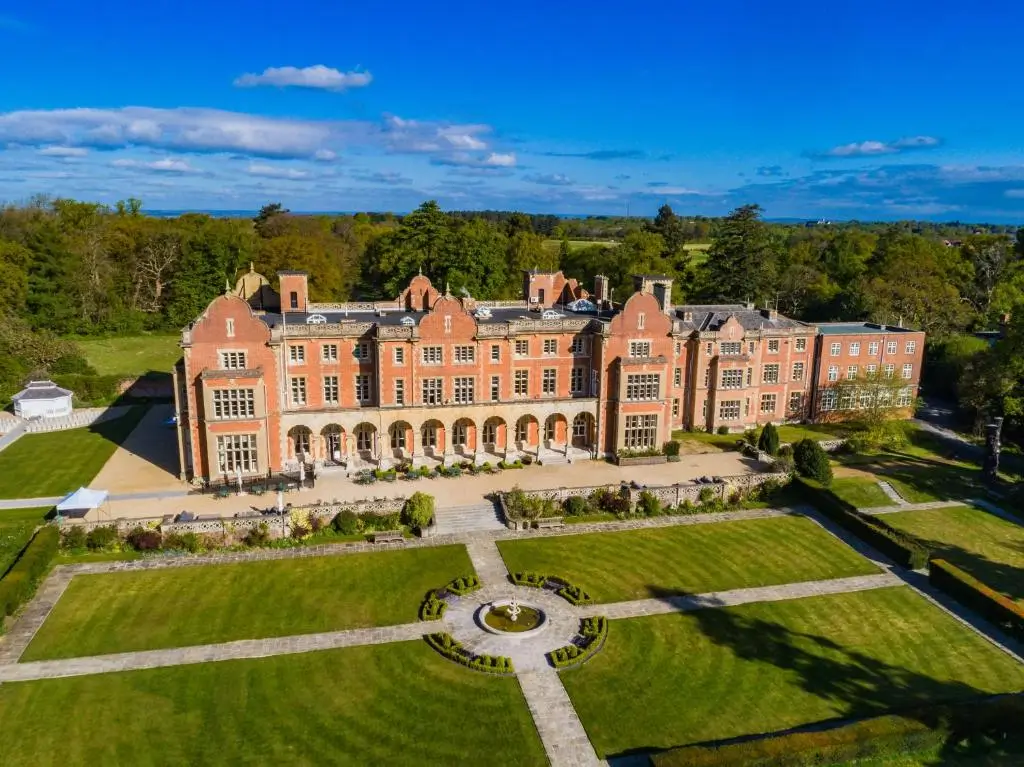
Easthampstead Park
Easthampstead Park is a Victorian mansion house in the Bracknell parish. The house was designed in a Jacobean style with curved gables, pierced stone parapet, and stone frontispiece.
The estate was part of Windsor Forest and reserved for royal hunting. King Edward III had a hunting lodge built at the estate in 1350. King Henry VII arranged the marriage of his son Arthur, Prince of Wales, to Catherine of Aragon (the later wife of King Henry VIII) at the lodge.
The fourth Marquess of Downshire built the current house after demolishing an earlier building. In 1885, King Edward II visited the house.
After the Second World War, the house became a school and later it was turned into a hotel, wedding, and conference center. Book your stay!
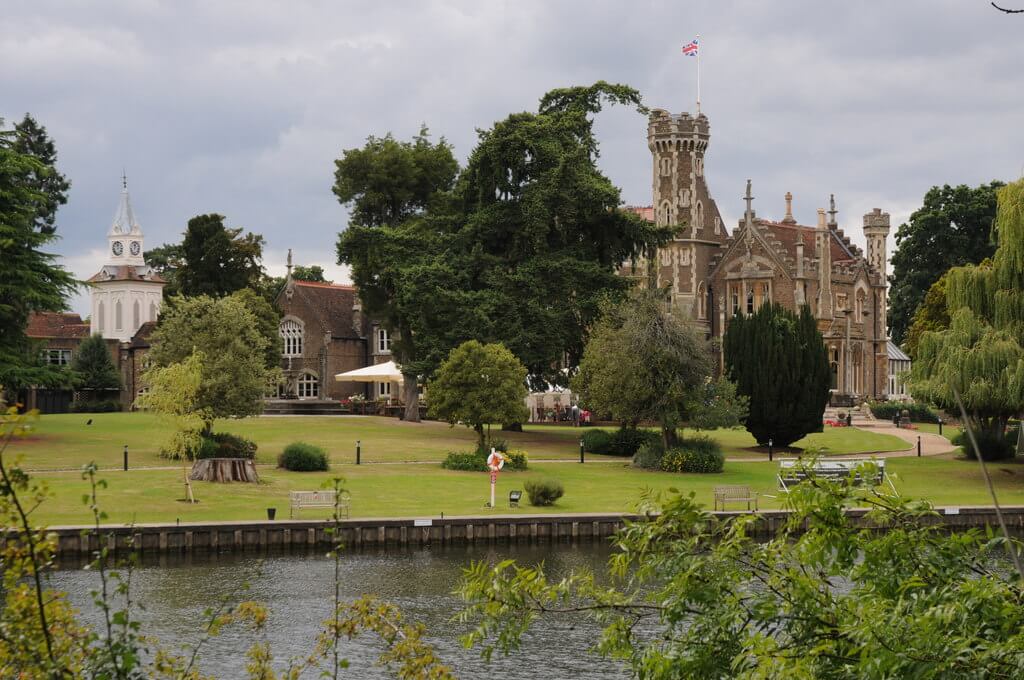
Oakley Court
Oakley Court is a Victorian Gothic country house overlooking the River Thames at Water Oakley. The house was buult in 1859 for Sir Richard Hall-Say (High Sherrif of Berkshire and Justice of the Peace).
Oakley Hall became home to the British film production company Hammer Filsm and it was a popular film location in the 50s, 60s, and 70s.
Today, Oakley Court is a historic hotel with rooms designed by Eagle & Hodges location in 35 acres of English countryside. Book your stay.

Royal Berkshire Hotel
The Royal Berkshire Hotel is a country house hotel in a late Queen Anne mansion (previously called The Oaks) in Ascot.
The red-brick mansion was built as the home for the daughter of PRime Minister Sir Robert Walpole, Lady Mary, and her husband Charles Churchill (great nephew of the first Duke of Marlborough and relative of Sir Winston Churchill).
In 1971, the country house was turned into a hotel by the Hoffman family and in 2011 it was purchased by Exclusive Hotels. Book your stay!

Wokefield Park
Wokefield Park is an 18th century country house near Mortimer. The current house was built in the 1720s in a similar style as Kinley Hall in Shropshire. In the 19th century, the house was altered by Sir John Soane.
Currently, Wokefield Park is a hotel, wedding, and event venue operated by De Vere Venues. It has 222 bedrooms and 30 suites, as well as an 18-hole golf course and a swimming pool. Book your stay!


